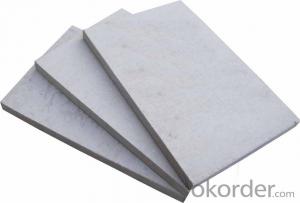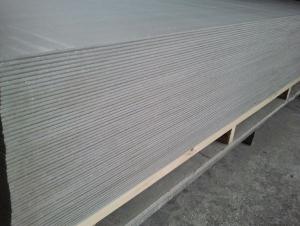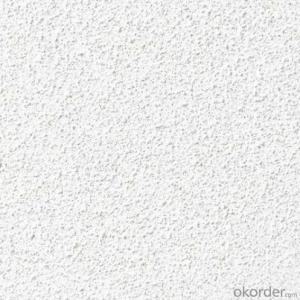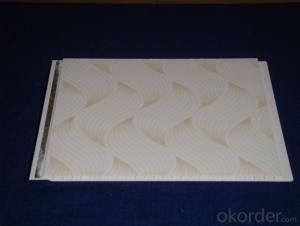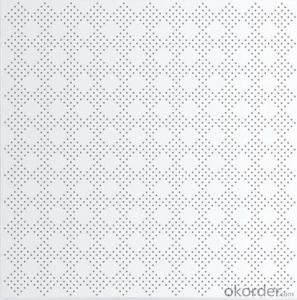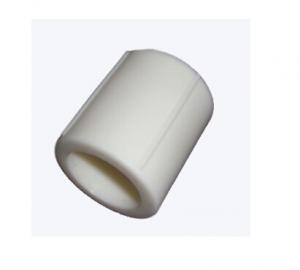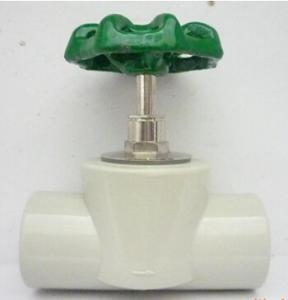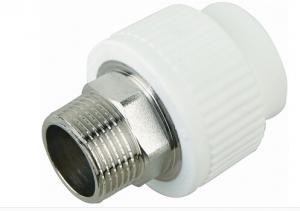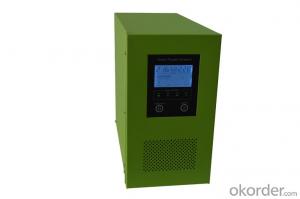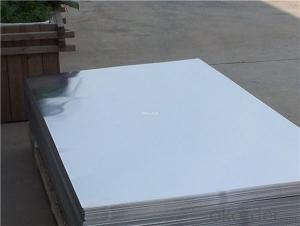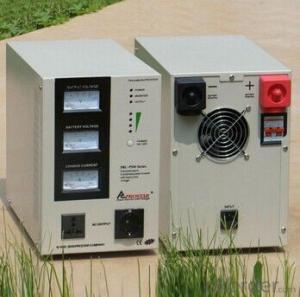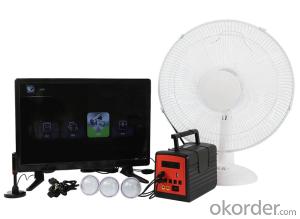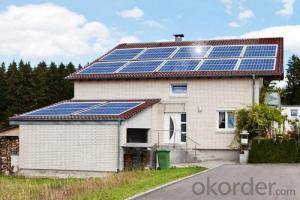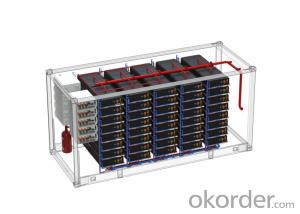Solar Charger With Inverter
Solar Charger With Inverter Related Searches
Stainless Steel Bucket With Lid Hot Water Bottle With Hose High Five Stainless Steel Prop Solar Panel Kit With Inverter Rv Solar System With Inverter Cover Ham With Aluminum Foil Aluminum Post With Base Plate Wrap Feet With Aluminum Foil Curl Hair With Aluminum Foil Aluminum Foil Pans With LidsHot Searches
Price For Stainless Steel Scrap Scrap Price For Stainless Steel Price For Stainless Steel Cheap High Tea Sets For Sale Price Of Shipping Containers For Sale Stock Price For Aluminum Cheap Solar Cells For Sale Air Pump For Aquarium Price Inverter Size For Solar System Used Foam Board Insulation For Sale Price List For Building Materials Magnesium Oxide Board For Sale Hdf Board For Sale sintra board for sale Cheap Mini Laptops For Sale Plywood For Sale Cheap Cheap Washers For Sale Cheap Tall Vases For Sale Solar With Inverter Price Price For Stainless Steel ScrapSolar Charger With Inverter Supplier & Manufacturer from China
Okorder.com is a professional Solar Charger With Inverter supplier & manufacturer, offers integrated one-stop services including real-time quoting and online cargo tracking. We are funded by CNBM Group, a Fortune 500 enterprise and the largest Solar Charger With Inverter firm in China.Hot Products
FAQ
- The space required for a solar energy system depends on various factors such as the size of the system, the efficiency of the solar panels, and the amount of energy you want to generate. Generally, for a residential system, you would need around 100-400 square feet of roof space per kilowatt of solar panels. However, it is recommended to consult with a solar energy professional who can assess your specific needs and determine the exact space requirements for your solar energy system.
- Yes, solar energy systems can be used in areas with high air pollution. While air pollution can reduce the efficiency of solar panels by blocking sunlight, advancements in technology have made solar panels more resilient to these conditions. Additionally, regular maintenance and cleaning can help mitigate the impact of air pollution on solar energy systems. Despite the reduced efficiency, solar energy can still be a viable and sustainable option in areas with high air pollution.
- No, solar energy systems do not require regular panel replacements. Solar panels are designed to be durable and can last for decades with proper maintenance.
- Yes, solar energy systems can be used in areas with high levels of bird activity. However, it is important to take certain precautions to ensure the safety of the birds and the optimal functioning of the solar panels. One common concern is the potential for bird collisions with the panels. To mitigate this, manufacturers often incorporate bird deterrents such as mesh screens or reflective coatings on the panels to make them more visible to birds and reduce the risk of collisions. Additionally, proper installation and maintenance of the solar energy systems can help minimize potential nesting or roosting sites for birds, reducing the likelihood of damage to the panels. By addressing these considerations, solar energy systems can be effectively utilized in areas with high bird activity while still protecting the local avian population.
- Yes, solar energy systems can be used for street lighting. Solar street lights are becoming increasingly popular as they are more energy-efficient, cost-effective, and environmentally friendly compared to traditional street lights. They rely on solar panels to convert sunlight into electricity, which is then stored in batteries and used to power the street lights during the night. This renewable energy solution reduces reliance on the grid and helps to reduce carbon emissions.
- Yes, solar energy systems can be used for emergency backup power during power outages. Solar panels can generate electricity even when the grid is down, as long as they are connected to a battery storage system. This allows homeowners or businesses to store excess solar energy during the day and use it during an outage. It provides a reliable and sustainable alternative to traditional backup generators, reducing dependence on fossil fuels and ensuring continuous power supply during emergencies.
- Yes, solar energy systems can be used to power amusement parks. Solar panels can be installed on the roofs of buildings, parking structures, or in open spaces within the park to generate electricity from the sun. This renewable energy source can help reduce the park's reliance on traditional grid power, lower operating costs, and decrease its carbon footprint. Additionally, solar energy systems can provide a reliable and consistent source of power, making them suitable for meeting the electrical demands of amusement parks.
- Yes, solar energy systems can be used in areas with strict building codes or historical preservation restrictions. While it may require some additional planning and design considerations, it is certainly possible to integrate solar energy systems into the existing structures in these areas. One way to incorporate solar energy systems is by using building-integrated photovoltaics (BIPV) or solar thermal systems that are seamlessly integrated into the building's design. These systems can be installed on rooftops, facades, or even as shading elements, ensuring that the historical aesthetics or architectural integrity of the building are not compromised. Furthermore, advancements in solar technology have allowed for the development of more visually appealing solar panels, such as solar tiles or transparent solar windows, which can blend in with the existing building materials. This makes it easier to gain approval from historical preservation boards or building code authorities. It is important to note that in areas with strict building codes or historical preservation restrictions, the approval process for installing solar energy systems may be more complex. It may require obtaining permits, conducting structural assessments, and working closely with local authorities to ensure compliance with regulations. However, with the growing recognition of the importance of renewable energy, many jurisdictions have developed specific guidelines and provisions for integrating solar systems in historic areas. In summary, solar energy systems can be used in areas with strict building codes or historical preservation restrictions by employing BIPV, solar thermal systems, or visually appealing solar panels. While the approval process may be more involved, with proper planning and adherence to guidelines, it is possible to harness solar energy without compromising the architectural or historical significance of the area.

